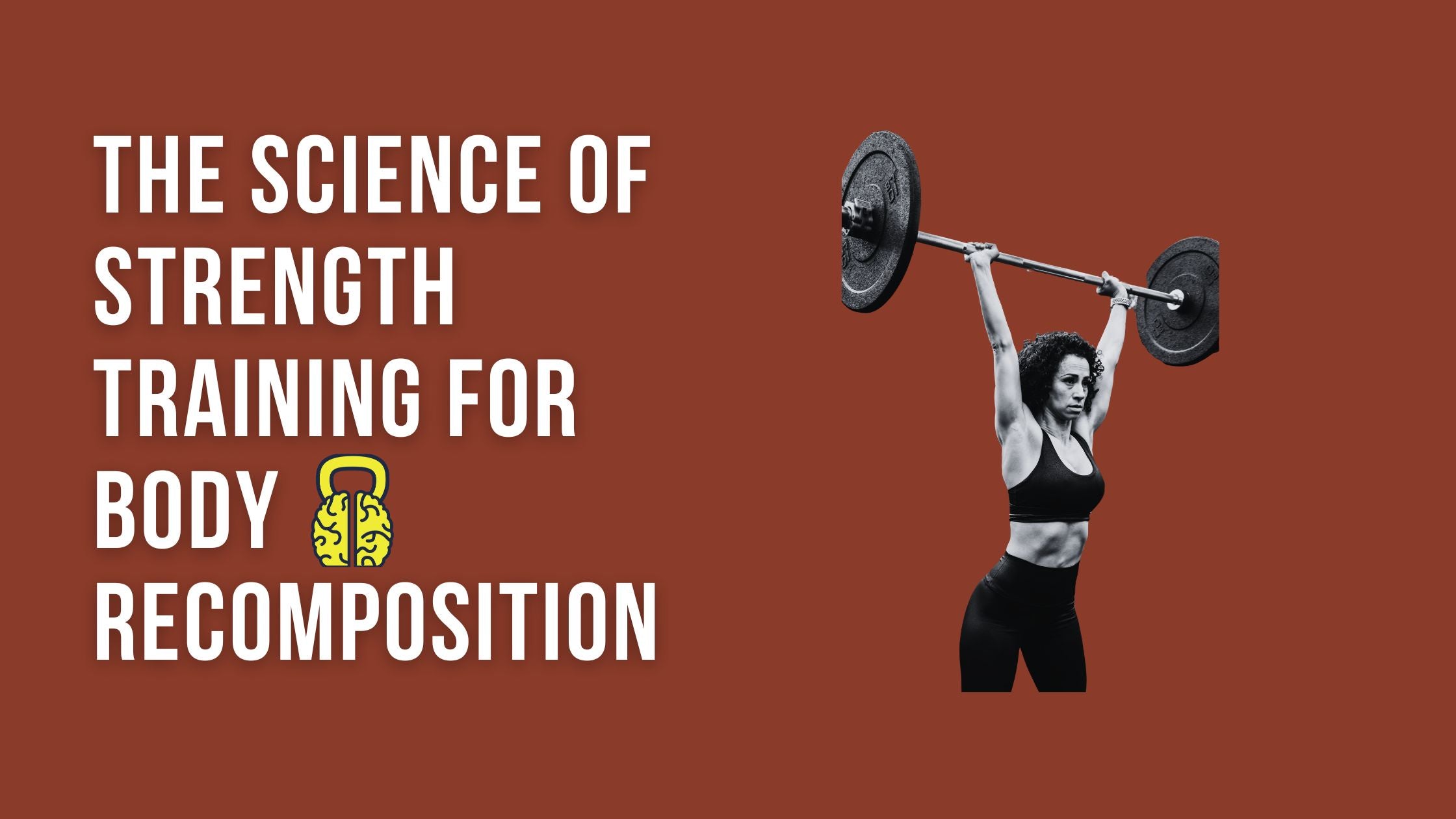You’ve heard the term "body recomposition," but what does it really mean? It’s the ultimate fitness goal: to simultaneously build lean muscle and lose fat. For too long, the fitness world preached that the only way to lose weight was through endless cardio. But science has shown us a better, more sustainable path. The most powerful tool for reshaping your body is not the treadmill, but the barbell.
Strength training for body recomposition works by fundamentally changing your body's metabolic engine, making you a more efficient fat-burning machine 24/7.
The Metabolic Advantage of Muscle
Unlike fat tissue, muscle is a metabolically active powerhouse. Every pound of muscle you build burns more calories at rest than a pound of fat. This means that as you get stronger and add lean muscle, your basal metabolic rate (BMR) increases. Your body becomes more efficient at burning calories even when you're sleeping or sitting at a desk. By shifting your body’s ratio of muscle to fat, you create a more powerful metabolism, making it easier to maintain a lean physique.
The Two Pillars of Muscle Growth
To get the most out of your lifting for body recomposition, you need to understand two key principles:
- Time Under Tension: The total amount of time a muscle is under strain during a set is a critical driver for muscle growth. Slower, more controlled movements—especially in the eccentric (lowering) phase—create micro-tears in the muscle fibers. Your body then repairs these tears, building the muscle back bigger and stronger. This is the core of time under tension for hypertrophy.
- High Percentage Lifts: Lifting heavy, at percentages of your one-rep max (1RM) above 80%, is essential for recruiting high-threshold motor units. These are the fast-twitch muscle fibers with the greatest potential for growth and strength. Combining high-intensity lifting with controlled tempo work creates the perfect stimulus for building lean mass.
Sample Lifts from a Strength-Focused Program
A successful body recomposition program focuses on a blend of compound lifts and targeted accessory work. A program like Everyday Strength focuses on these movements for a reason: they provide the most metabolic bang for your buck.
- Main Lifts: The big, compound movements that build total-body strength and muscle.
- Squats
- Deadlifts
- Overhead Presses
- Bent-Over Rows
- Accessory Work: Exercises that complement the main lifts by targeting specific muscle groups and improving stability.
- Lunges
- Dumbbell Rows
- Core work (e.g., plank variations)
- Bicep Curls / Tricep Pushdowns
These lifts, performed with a focus on both heavy, high-intensity sets and controlled tempo sets, are the key to building the lean muscle that will fundamentally change your body composition for the better.
The scale may tell only one side of the story. By focusing on building strength and muscle, you’re not just changing a number—you're transforming your body into a more powerful, metabolically efficient machine.




